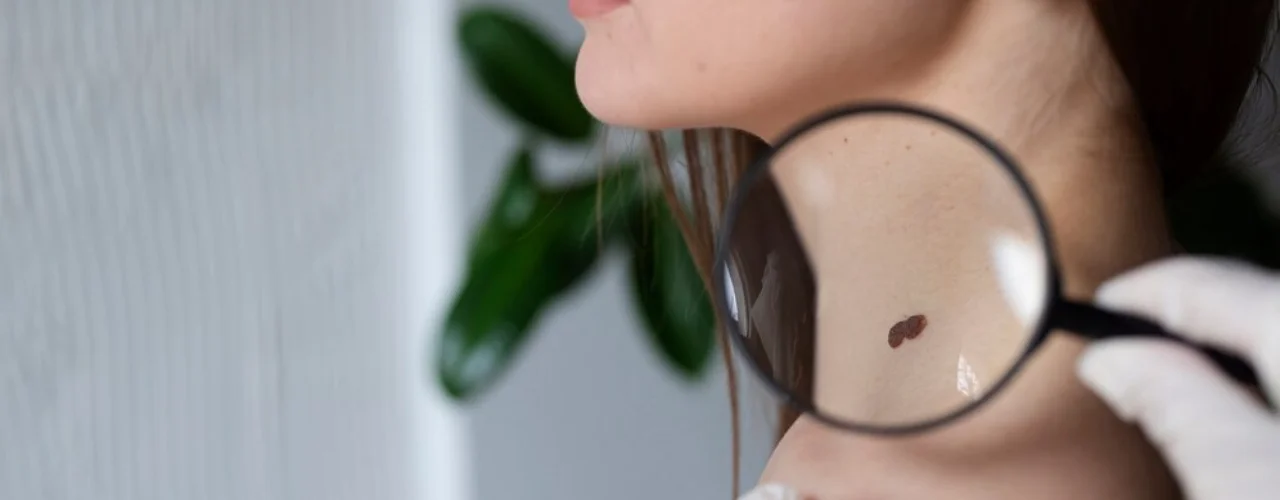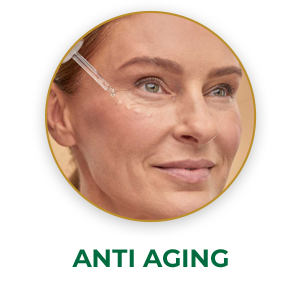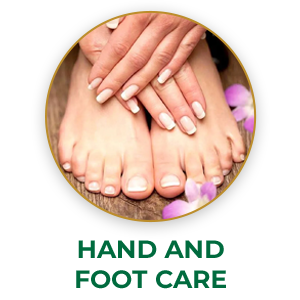Radio cautery, also known as radiofrequency (RF), is a surgical technique that uses high-frequency radio waves to cut and coagulate tissue. It is a versatile tool used in a variety of surgical specialties, including:
- General surgery
- Gynecology
- Otolaryngology (ear, nose, and throat)
- Urology
- Dermatology
- Plastic surgery
How it works:

- A radiofrequency generator produces high-frequency electrical current.
- The current is transmitted to an electrode tip attached to a handpiece.
- The tip of the electrode makes contact with the tissue.
- The radio waves in the electrode cause the water molecules in the tissue to vibrate, which generates heat.
- The heat can be used to:
- Cut tissue (desiccation)
- Coagulate blood vessels (fulguration)
- Ablate tissue (vaporization)
Advantages of radio cautery:
- Precise: Radio cautery allows for very precise control of the depth and extent of tissue destruction.
- Minimal bleeding: The heat generated by radio waves seals blood vessels as it cuts, which minimizes bleeding.
- Less tissue damage: Causes less collateral tissue damage than other methods of cautery, such as electrocautery.
- Versatility: Can be used for a variety of surgical procedures.
Disadvantages of radio cautery:
- More expensive: Radio cautery equipment is more expensive than other methods of cautery.
- Risk of burns: There is a risk of burning the surrounding tissue if the electrode is not used properly.
- Not suitable for all tissues: Radio cautery is not suitable for all tissues, such as bone or fatty tissue.
Overall, it is a safe and effective technique for cutting and coagulating tissue. It is a valuable tool for surgeons in a variety of specialties.
Radio cautery for warts: A precise and effective solution

Radio cautery, also known as radiofrequency (RF) ablation, is a minimally invasive procedure that uses high-frequency radio waves to remove warts. It’s a popular choice for wart removal due to its several advantages:
- Precise: Radio waves target the wart tissue with pinpoint accuracy, minimizing damage to surrounding healthy skin.
- Minimal bleeding: The heat generated by the radio waves seals blood vessels as it cuts, reducing bleeding during and after the procedure.
- Faster healing: Compared to other wart removal methods, it offers quicker healing times and less scarring.
- Effective for various wart types: Radio cautery can effectively treat common warts, plantar warts, and even genital warts.
How it works:
- A local anesthetic is applied to numb the area around the wart.
- The dermatologist uses a handpiece with a fine electrode tip to touch the wart.
- Radio waves flow through the electrode, generating heat that destroys the wart tissue.
- The destroyed tissue is then gently scraped away or vaporized.
Pros and Cons of Radio Cautery for Warts:

Pros:
- Precise and effective wart removal
- Minimal bleeding and scarring
- Faster healing time
- Can treat various wart types
Cons:
- More expensive than some other wart removal methods
- Requires a doctor’s visit
- May not be suitable for all skin types or pregnant women
Overall, radio cautery is a safe and effective option for wart removal. If you’re considering this treatment, consult a dermatologist to discuss your individual case and determine if it’s right for you.
Here are some additional things to keep in mind:
- The procedure usually takes only a few minutes.
- You may experience some discomfort or burning during the procedure, but it’s generally well-tolerated.
- After the procedure, you may have some scabbing or redness in the treated area. This is normal and should resolve within a few weeks.
- It’s important to keep the treated area clean and dry to prevent infection.
Radio Cautery For Skin Tags:

Radio cautery, or radiofrequency (RF) ablation, can be an effective and precise option for removing skin tags, offering several advantages over other methods:
Benefits of Radio Cautery for Skin Tags:
- Precision: Targets skin tags directly, minimizing damage to surrounding tissue.
- Minimal bleeding: Heat cauterizes blood vessels, reducing bleeding during and after the procedure.
- Faster healing: Shorter healing time and less scarring compared to other methods.
- Suitable for various skin tags: Can treat numerous types and locations of skin tags.
- Minimal discomfort: Usually minimal pain due to local anesthetic.
Procedure overview:
- Local anesthetic: Applied to numb the area around the skin tag.
- Electrode tip: A fine electrode tip touches the skin tag.
- Radio waves: Flow through the electrode, generating heat that destroys the skin tag tissue.
- Removal: Destroyed tissue is gently scraped away or vaporized.
However, there are also some considerations:
- Cost: More expensive than some other skin tag removal methods.
- Doctor’s visit required: Performed by a healthcare professional, unlike at-home methods.
- Not suitable for everyone: May not be appropriate for certain skin types or pregnant women.
Overall, radio cautery is a safe and effective option for skin tag removal, particularly for larger or bothersome tags. Consulting a dermatologist is crucial to assess your individual case and determine if it’s the right method for you.
Additional things to keep in mind:
- The procedure is usually quick, taking only a few minutes.
- Discomfort or burning during the procedure is possible but generally tolerable.
- Scabbing or redness in the treated area is normal and should resolve within a few weeks.
- Keep the treated area clean and dry to prevent infection.
Remember, consulting a qualified dermatologist is essential for proper diagnosis and treatment of skin tags and any other skin concerns.
Radio Cautery For Benign Growths:

Radio cautery can be a viable option for removing certain types of benign growths, but it’s crucial to consider a few key points before making a decision:
Suitable Types of Benign Growths:
- Skin tags: As mentioned earlier, radio cautery is a precise and effective method for treating skin tags, especially larger or bothersome ones.
- Fibromas: These small, firm, skin-colored bumps can also be effectively removed with radio cautery.
- Granuloma pyogenicum: These red, fleshy bumps that often bleed easily can be effectively treated with radio cautery due to its blood-cauterizing property.
- Seborrheic keratosis: These wart-like growths can be suitable for radio cautery depending on their size and location.
Factors to Consider:
- Type of benign growth: Not all benign growths are suitable for radio cautery. For example, it’s not ideal for lipomas (fatty tumors) or cysts.
- Size and location: The size and location of the growth also play a role. Large or sensitive areas may require different approaches.
- Individual risk factors: Underlying medical conditions, skin type, and pregnancy status can influence suitability.
- Alternative methods: Other options like cryotherapy, lasers, or surgical excision might be preferable depending on the specific case.
Benefits of Radio Cautery for Benign Growths:
- Precision: Minimizes damage to surrounding tissue.
- Minimal bleeding: Heat cauterizes blood vessels.
- Faster healing: Short healing time and less scarring compared to some methods.
- Outpatient procedure: Usually done in a doctor’s office.
Drawbacks of Radio Cautery for Benign Growths:
- Cost: More expensive than some other methods.
- Requires a doctor’s visit: Not a self-treatment option.
- Potential scarring: Although minimal, scar formation is still possible.
- Not suitable for all types or locations: Consult a doctor for proper assessment.
Ultimately, the decision to use radio cautery for removing benign growths should be made in consultation with a qualified dermatologist or healthcare professional. They can evaluate the specific type and location of the growth, individual medical history, and potential risks and benefits before recommending the most appropriate treatment.
Final Thoughts:
Radio cautery offers a highly precise and effective solution for removing various benign growths like skin tags, fibromas, and some granulomas. Its minimal bleeding, faster healing, and outpatient nature make it attractive, but cost, doctor involvement, and scarring potential require careful consideration. Consulting a dermatologist for proper assessment is crucial before choosing radio cautery as the best option for your specific needs.
Derma and Dental Clinic:
Derma & Dental Clinic stands out with its team of experienced doctors backed by scientific evidence in their chosen fields. Their diverse range of medical-grade procedures offer tailored solutions for various skin and dental needs. You can confidently book your consultation online or by phone and embark on your journey towards healthier skin and a radiant smile.
Location: Bahria Town, Lahore
Specialties: Dermatology and Dental Care
Website: Derma.pk
For Consultation:
- Online at Dermatology.pk
- WhatsApp: +923205999650
- Phone: 03041115000




















[…] Radio Cautery: The Future of Surgery is Here […]